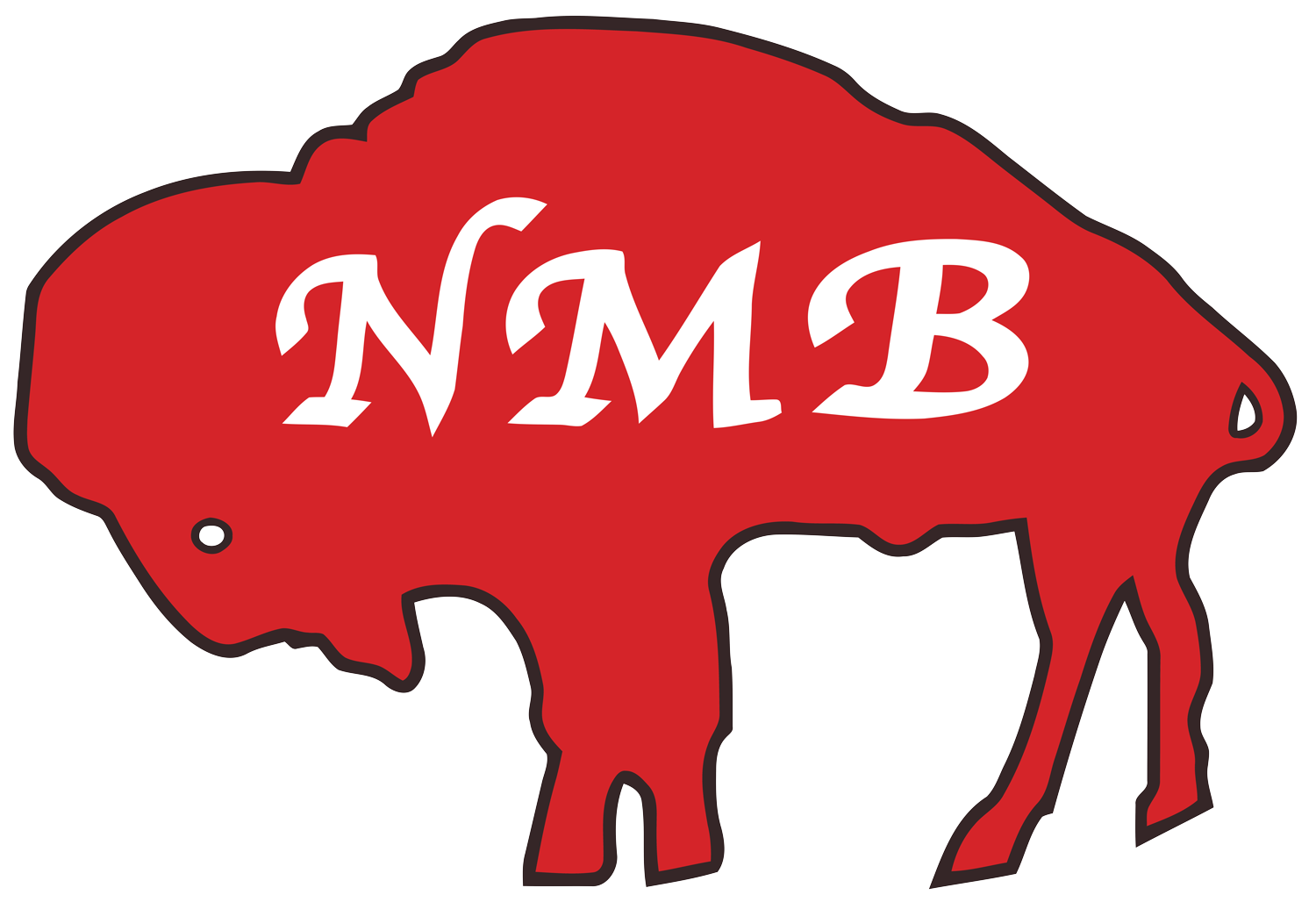According to historians, hazing goes back to Plato and Ancient Greece. In 287 B.C. pennalism, the term back then, began in Plato’s Academy. According to Collins Dictionary, pennalism means, “A system of mild oppression and torment practiced upon first year students.” Plato said, “practical jokes played by unruly young men that injured the hazed and citizens who got in the way needs to stop.” Sounds similar to the modern day practice, don’t you think?
Hazing through the Middle Ages
The whole practice was created to show new students inferiority to upperclassmen. Put through humiliation and physical abuse, it was a way to show social status and superiority. As pennalism continued, it evolved into what is known today as hazing.
Pennalism Becomes Hazing in the 17th Century
One student from Harvard was expelled for hazing. The student, expelled in 1684, was put out because he hit the student and asked him to be a servant of sorts. This is quite tame to what happens in today’s world. Although it continued throughout the centuries, it wasn’t until the 19th century that fraternities and social groups started doing it as well.
Hazing in the 20th Century
So common was the practice in the 20th century, that a reporter considered it a huge problem in 1912. The experts began to realize the problem and were looking for solutions. This led to early education and is part of the reason that the NMB Foundation exists today.
World War I Leads to a Change
When war broke out across the world, hazing began to die down. However, that period didn’t last very long. After WWII, a student choked to death. The Kappa Sigma pledge was force fed raw liver, a quarter pound of it. Of course, the story made headlines criticizing the fraternities that allowed it, but the practice continued.
So how did hazing change? Subscribe to the NMB Foundation Blog and find out in the next post!
